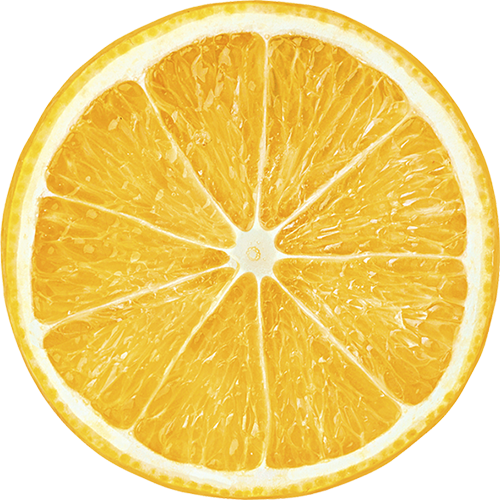
A Threat to California Citrus
A plant disease that kills citrus trees has been found in California. The disease, called Huanglongbing or citrus greening disease, isn’t harmful to humans, but it is fatal for citrus trees and has no cure. The disease is spread by a pest called the Asian citrus psyllid as it feeds on citrus tree leaves. Until researchers find a solution, California homeowners who enjoy growing fresh citrus fruit in their yards, and California farmers tending to $3.4 billion worth of citrus fruit trees must work together to protect their trees. Learn more about how to detect the pest and disease and protect California’s beloved citrus heritage.
Protect Your Citrus Trees
The Citrus Pest & Disease Prevention Program recommends these tips to protect citrus trees.
-
Inspect trees for the Asian citrus psyllid and Huanglongbing monthly, and whenever watering, spraying, pruning or tending trees. If the disease is spotted, call the CDFA hotline at
800-491-1899 immediately. - Do not move citrus plants, leaves, or foliage into or out of the quarantine area or across state or international borders. Keep it local.
- As part of tree care, visit your local nursery or garden center to get advice on products that can help protect citrus trees from the Asian citrus psyllid.
- Recommendations on managing the Asian citrus psyllid can be found by visiting the University of California Division of Agriculture and Natural Resources website.
- Buy citrus trees from licensed, local nurseries and only use registered budwood.
- Cooperate with agricultural officials placing insect traps, inspecting trees and treating for the pest.
- Be sure to dry out citrus tree clippings or double bag them before disposing the plant material.
- If you no longer wish to care for your citrus tree, consider removing it so it does not become a host to the pest or disease.



California: Rich in Citrus Heritage
Citrus has been a beloved part of California landscapes and homes for generations. Click the areas of the map below to learn about the history of citrus in different regions of the state. To see if a particular area is at risk for Huanglongbing or the Asian citrus psyllid visit the Pest & Disease page.
